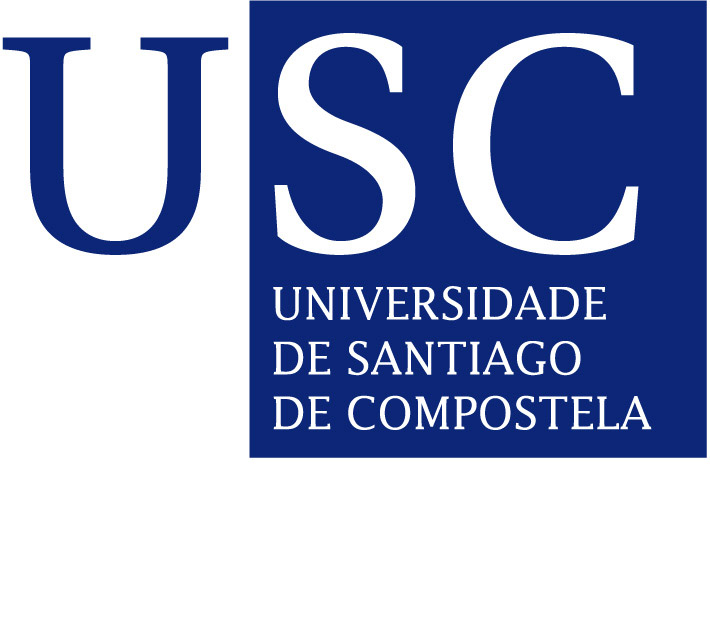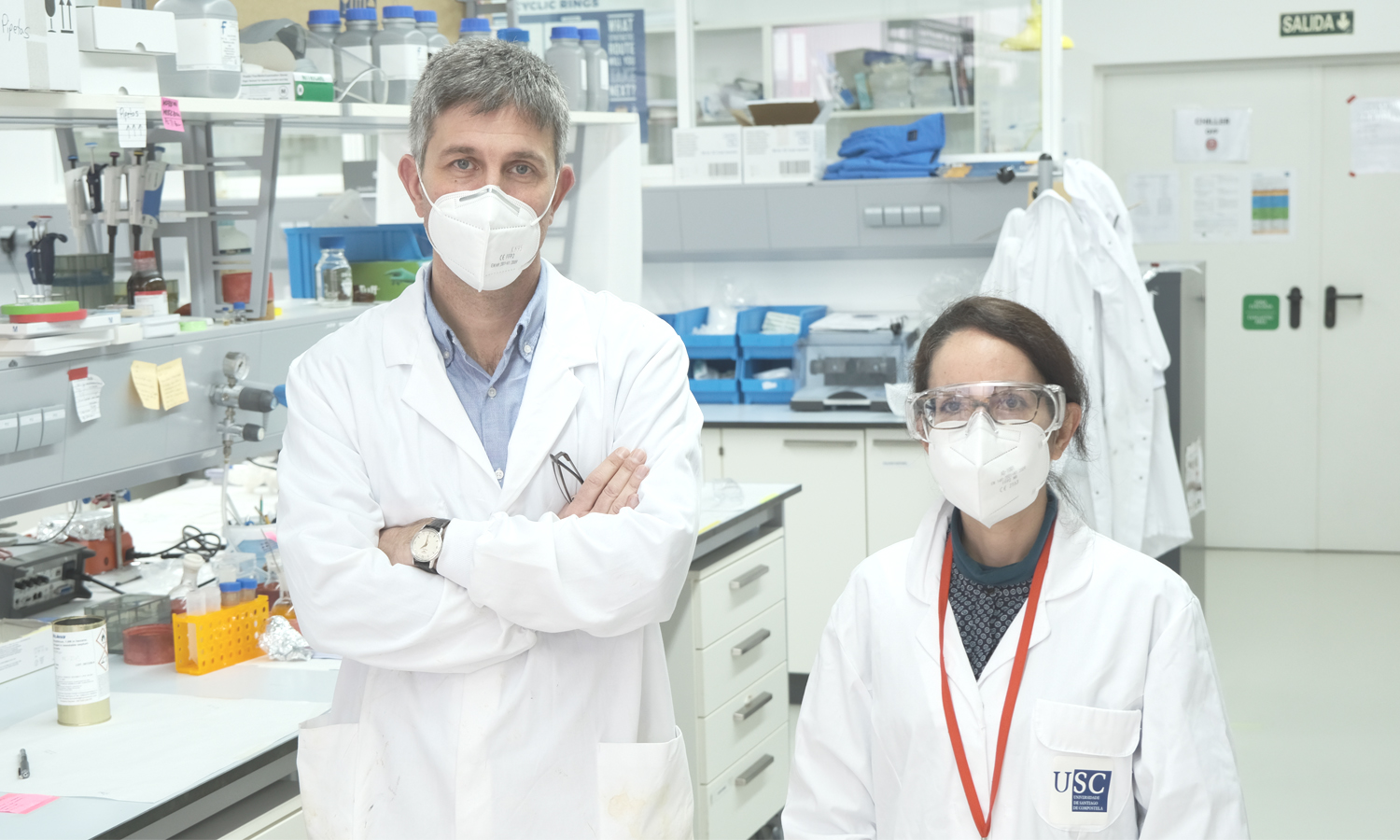CiQUS scientists demonstrate the formation of supramolecular structures in aqueous solutions, opening the door to a new class of liquids with novel physicochemical properties. This study results of collaboration between different groups at the centre that has now been published and highlighted in the front cover of the renowned journal Angewandte Chemie Int. Edition receiving excellent reviews.
Upon contact with other organic molecules, the structure of water molecules can be altered. Researchers at the Center for Research in Biological Chemistry and Molecular Materials (CiQUS) have now shown the possibility of inducing a unique structure in water by employing specific organic molecules. Interesting physicochemical properties in the new fluid were reported. The work arises from synergy between two groups at CiQUS groups and has just been published in the renowned journal Angewandte Chemie.
If we could closely observe the behaviour of water molecules in the bulk, we would find that each water molecule is in close contact with another four, forming a tetrahedral structure. Physical and chemical properties of bulk water depend to a large extent on this type of structure, that is to say of that angles and distances in these arranged molecules remain undisturbed. When dissolving organic compounds in liquid water, the molecular structure of water molecules is disrupted in a process known as hydrophobic solvation.
In this work, hydrophobic solvation triggers the formation of a unique incompressible supramolecular liquid. "We have demonstrated that using organic molecules with a specific orientation of their hydrocarbon chains is possible to induce a structure of water molecules different to that of the bulk" said Francisco Rivadulla, co-author of the study. In collaboration with María Giménez-López´s group they have found that thermal diffusivity and speed of sound are lower in the new fluid than in the bulk water. "On the other hand, its compressibility and heat capacity show a unique performance, than can be relevant for important technological applications" explains Carlos López, co-author of the study.
The synergy between two CiQUS groups has been key in this new important discovery. "My team was looking at this molecular fluid realising of the absence of the melting and freezing points normally found in bulk water by calorimetric measurements. Employing nuclear magnetic resonance, we could also observe abnormal slow diffusions of the dissolved cations" explains Giménez-López, head of the FunNanoMat Lab. In parallel, the Chemistry of Condensed Matter Lab led by Rivadulla was exploring the feasibility of using thermal conductivity as a tool to detect structural alterations in liquids. Complementarity and expertise of both groups in the field opened up a unique opportunity to understand and demonstrate the unusual properties of this new fluid.
*image: The work arises from synergy between Francisco Rivadulla and María Giménez-López groups. (CiQUS)



